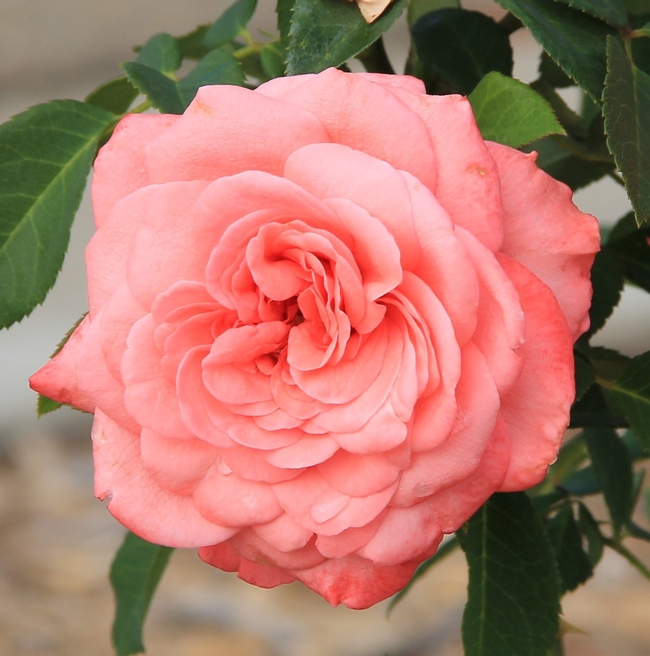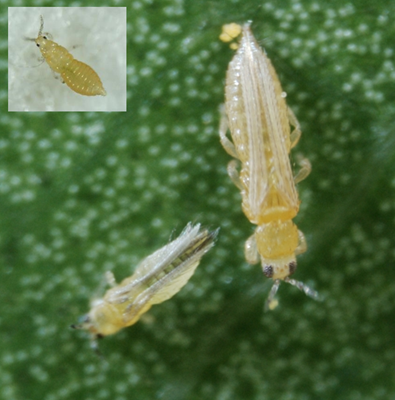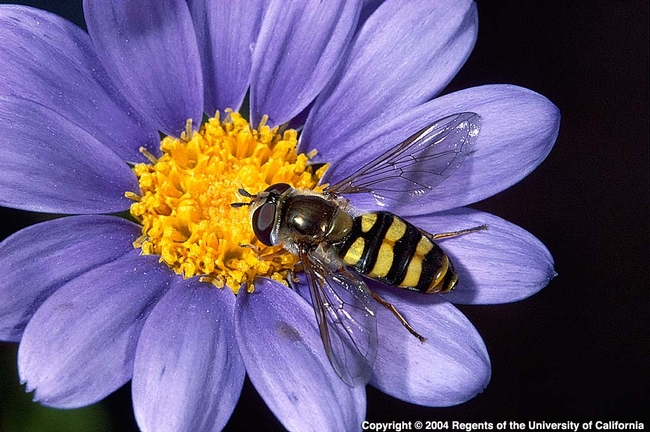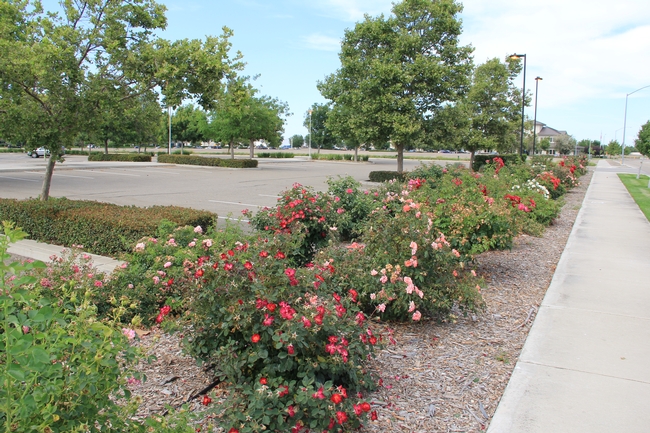
The truth is that you have to allow a certain amount of what may be harmful in order to establish a balanced system that can take care of itself. This is hard. We don't like the occasional brown leaf or aphid sighting. But if we respond to the first sign of trouble with the nuclear option like a broad-spectrum insecticide or fungicide, we kill off our friends along with our enemies. If we can take the wait-and-see approach, we will usually find that our allies will show up in time and restore a balance we can live with. We don't need a perfect landscape, we just need a healthy one.

These are 2-year trials, so the roses planted in 2018 are finished, the roses planted in 2019 are in their second year, and the roses planted late this winter in 2020 are just getting established. We have had roses here long enough now for that healthy balance to take hold. Once again this spring, as is pretty common everywhere, there was a flush of aphids that appeared as the plants were filling in with spring leaves. In mid April, I recorded the presence of these critters, though they had yet to cause any real damage.

This is a model that I have seen succeed again and again. It requires patience and patience is something we may have to teach our clients, our supervisors, and our public agencies. From a labor and financial perspective, this is the most feasible course of action. From an ecosystem perspective, it is the healthiest, most sustainable way we can show our respect for the resilient world we all share.
Attached Images:
